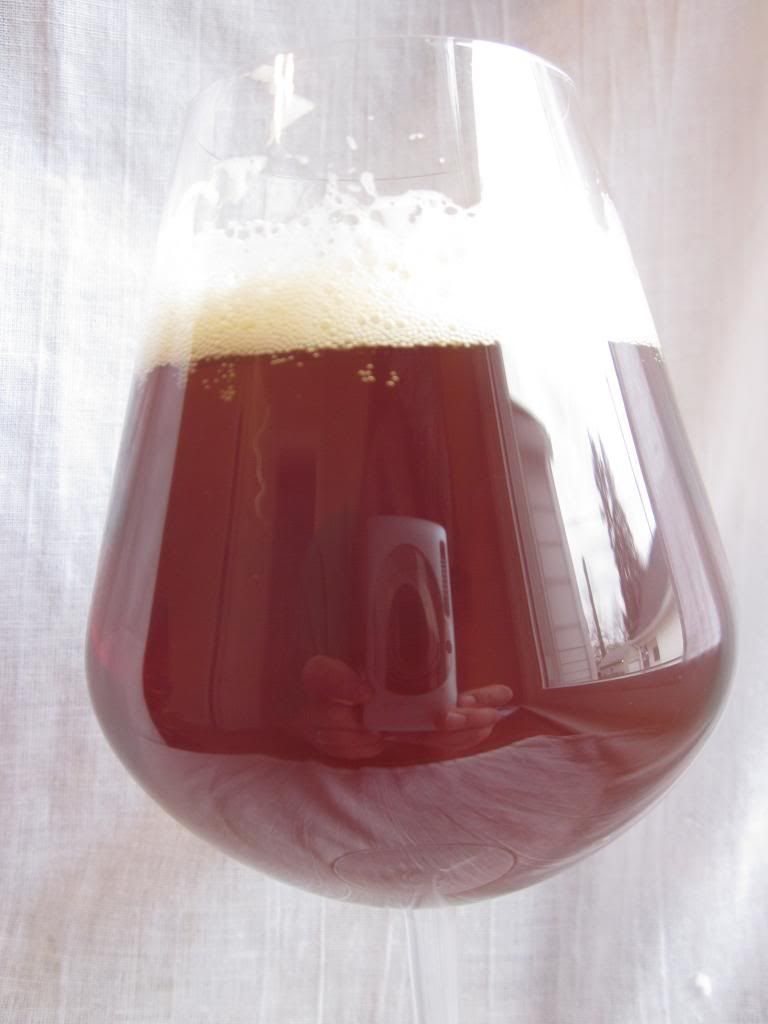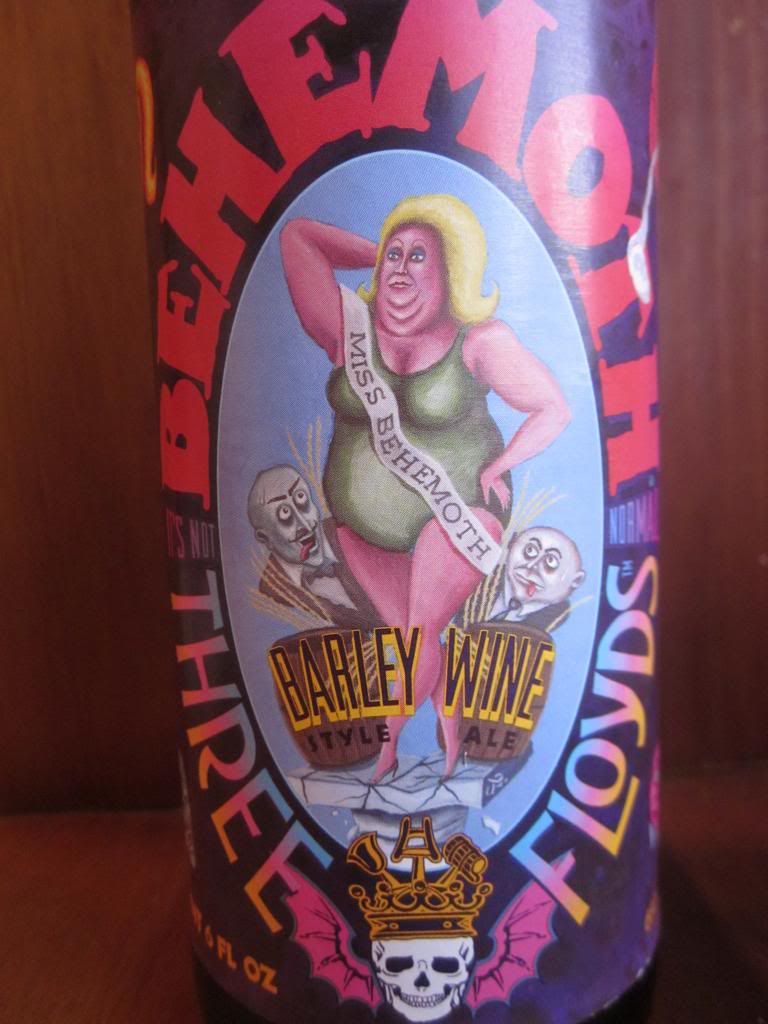If you've been reading for a while, you know I have a solid respect for Samuel Smith's Brewery out of Yorkshire, England. It seems like every one of their brews that I taste simply defines that style; emphasis on "simply." Samuel Smith's doesn't add new exciting ingredients, they don't blend existing styles or create new ones, at least not in their beers that are available Stateside. What they do is make excellent versions of classic styles and if someone asked you what a certain style tastes like, you could point them to a Samuel Smith's.
Now, statements like my last one might conjure up some opposition and people may ask, "How can one beer define a style when so many variations of the style exist" and I agree with those people to an extent. There are nearly innumerable variations to any given style. Brewers use different grain bills, hop varieties which can vary by year, extra exotic ingredients, and so on. However, each of those brewers is brewing with a particular style in mind. Even if that style is as vague as, "Oh, I dunno. I'm just brewing some stout-ish, porter-y beer that I added raspberries and blackstrap molasses to," it still has that classic stout characteristic in mind. The essence of "stoutness" if you will. And while one may never achieve that essence perfectly, Samuel Smith's comes close time after time. Let's pour!
Aroma 10/12
True to its name, chocolate is abundant in the nose. It's the smell of melting chocolate, dusty cocoa, and a medium roast that does not add much bitter balance. Once the beer has warmed a bit, caramel malts become unmistakable and add another excellently paired layer of complexity.
Appearance 3/3
While initially appearing black and opaque, a quick look from the top down shows any number of brown shades comparable to (appropriately) chocolate, coffee, or cola. The head size and retention were very nice and its tea-stained color was very appropriate.
Flavor 18/20
After a flash of neutral flavor and a hint of the roast, chocolate comes roaring in from all sides. Things are much as the aroma would have us anticipate: chocolate with roast detectable behind it yet still not enough to provide a balance. The sweet malts dominate this brew early on, but things are about to change in the latter half of this beer. However, when one holds this beer in the mouth for around 10-12 seconds it takes on an unlikely characteristic: citrus. Upon closer inspection, the sour turns out to be the combination of some bright, sugary caramel malts and some of the more bitter notes, likely the roast, but the initial sensation is out of place in a stout. Thank goodness one rarely holds a beer in the mouth for extended periods of time. Quicker swallows allow for a more graceful transition from the chocolate and caramel-laden flavors to a drier and more bitter finish. A wise change in flavor which prevents this beer from being too sweet all together. The aftertaste is almost exclusively the flavor of bitter roast. It also leaves a watering mouth thanks to the previous sugars.
Mouthfeel 5/5
Despite all the sugary malts in this brew it remains medium bodied and shows a moderate carbonation that fades quickly in the mouth to allow a silkier mouthfeel. No warmth.
Overall Impression 8/10
This is a excellent choice if you're ever looking for a desert beer. The aroma is fantastic, the flavors are tasty, and it could be a gateway for those who don't yet appreciate dark beer. The beer is not balanced in each of its sections, but is balanced as a whole. For example, the main flavor profile was primarily sweet. Granted, it did this with several flavors, but it was mostly sweet and not balanced. However, the later parts of the beer provided the bitter that could have been utilized in the backbone. Does this beer still earn the descriptor of "balanced" even though it does so in different sections and not within the same flavor sensation as is commonly understood?
Total 44/50
Another well made product by Samuel Smith's. I can seldom believe that the beers from this brewery sell at the low prices that they do. In fact, many times you can find a few sitting in your "pick six" section! This is not a stout with chocolate in it. Instead, it truly earns the nomenclature of "chocolate stout." Chocolate is the primary consideration here and it uses a relatively meek stout framework to carry out that task. You do have to be in the mood for something sweeter to fully enjoy this beer, but it achieves that sweetness with a trio of chocolate, caramel, and sugar. It's far from simple. It's just simply well made.
















